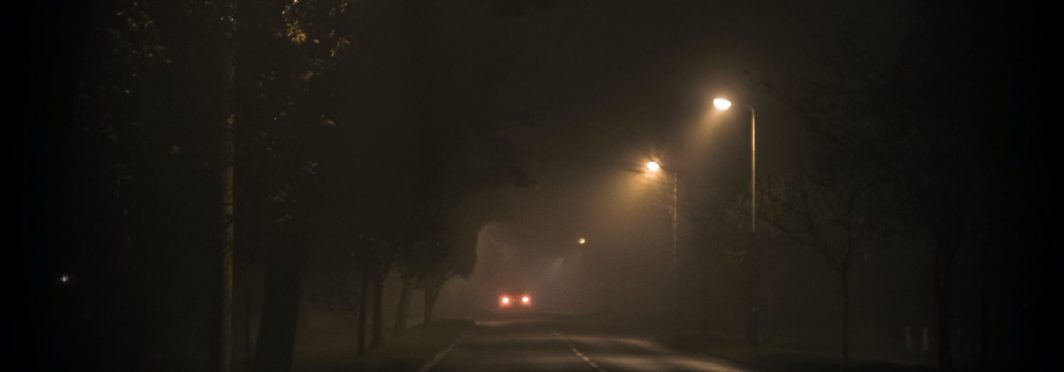I love Donald Westlake’s 5C approach to writing a novel, which I wrote about in last week’s blog. This week, I share an article by James Scott Bell in the Writer’s Digest about the 5Cs of writing a thriller. The secret lies not in chase or shoot-’em-up scenes, but rather in writing a thriller that grabs readers by the throat.
1 . Complex Characterizations
Start not just with characters, but with complex characterizations. If you want the people populating your novel to be interesting, don’t make your good guys all good or your bad guys all bad, a rule that applies to all fiction.
“Is your protagonist all good?” writes Bell. “That’s boring. Instead, the thriller hero needs to struggle with issues inside as well as outside. She’s got to be a carrier of flaws as well as virtues. These roiling conflicts make her survival an open question.”
My most successful client, Barbara Hinske, started her bestselling Rosemont series with a guy who saved dogs even as he was swindling his town.
To figure out what qualities–good or bad–you want to endow your characters with, make a list of your best and worst traits, including those “inner demons” that you battle with, and weave one from each list into your character’s back story and present. Remember that you want your characters to seem like real people with real issues that readers will relate to.
“Then,” Bell suggests, “give each character a point of potential conflict with your hero as well as with the other characters—especially those who are allies. Look for ways friends can become enemies or betrayers. Short of that, create more arguments.” His article provides a useful chart for plotting these out.
2. Confrontation
If your bad guy isn’t all bad, the battle that comprises the backbone of the novel will be that much more thrilling, which is what you want when writing thriller. An antagonist who feels that his actions are justified makes for even more compelling conflict.
“It can feel a bit disturbing to try to understand someone you might hate in real life,” writes Bell. “Good. You are a writer. You go where angels fear to tread.”
3. Careening
A boring, expected plot rivals predictable characters on the boredom scale. You want your book to careen from one unexpected twist to the next. Bell recommends that you “pause after every scene and ask yourself: What would a reader expect to happen next? Create a list of at least three directions the story might take. Then discard those three and do something different.”
4. Coronary
The only way you’re going to give your readers a virtual heart attack is by writing in a way that allows them to experience your scenes viscerally. That starts with getting yourself to experience the scene emotionally, and adding in the five senses (sight, smell, touch, sound, taste) to bring it to life. Tap into a memory that evoked the same emotion you’re trying to convey, and then translate those memories to the page. A little sloppy copy could help this process.
5. Communication
Use that same sloppy copy approach when trying to figure out the message you’re trying to communicate with your readers.
Message?
Yup. Whether you deliberately plan out a theme or not, you’re sharing a message through your story. Being deliberate about that when writing a thriller will only strengthen your novel.



Sorry, comments are closed for this post.